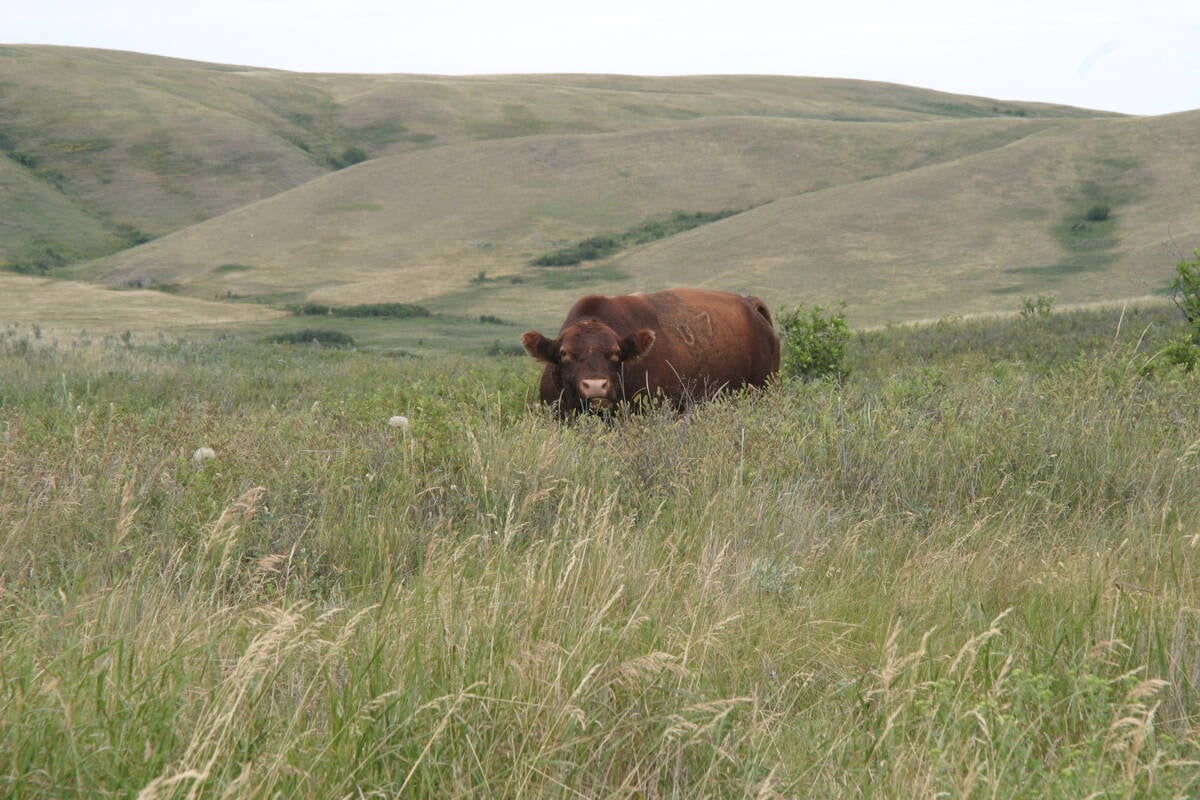MOOSE JAW, Sask. – If the overwhelming response to Canadian farm safety nets is negative, agricultural economist Andy Schmitz wants to know why they’re put in place.
“Who designs them?” Schmitz asked farmers, academics and industry stakeholders attending the annual conference he hosts in Moose Jaw. “Why do we have this program in the first place?”
The Canadian Agricultural Income Stabilization program got few good reviews from conference participants.
Agricultural Producers Association of Saskatchewan president Terry Hildebrandt said farmers were at the design table but only for consultation, not participation.
Read Also

Saskatchewan puts crown land auction on hold
Auctions of Saskatchewan crown lease land are once again on hold.
He said CAIS appears to be designed to remove people from the farm.
“This thing isn’t going to trigger,” he said.
Hartley Furtan, agricultural economics professor at the University of Saskatchewan, said the problem is that Ottawa knows Saskatchewan will continue to produce the same amount of grain no matter how many farmers are working the land.
“It doesn’t matter to the bureaucrats in Ottawa if we have fewer farmers,” he said. “We sit here and talk about individuals (and communities). Those are two completely different perspectives and never do they meet.”
Schmitz likened the situation to the end of the Crow freight benefit.
Farmers and industry assumed the government would provide fair compensation but it never did. Part of the problem is the lack of coalition among farmers and farm organizations, he said.
Powerful farm lobbies in the United States are effective at getting what they want. Farmers design the policy and lobbyists put it forward.
“How many people had input in the design of this new CAIS program?” Schmitz asked. “There’s something blocking our rent-seeking behaviour.
“I think Ottawa really doesn’t give a damn,” said Schmitz, who teaches at the University of Florida but also farms near Chaplin, Sask. “If they do, I’d like to see them defend this new farm program.”
Furtan suggested that the best risk management tool for Canadian farmers would be to harmonize farm programs with the U.S. He said that would solve border problems and provide stability.
He noted that in the wake of BSE and the closed border, many Canadians are talking about building their own industry independent of the U.S.
“Once the border does open, a lot of those new infrastructures that are being suggested are going to be uneconomical,” he said. “We have to be careful about how we view the dynamics of this issue.”
Furtan doesn’t believe Canadian agriculture can operate independently of the U.S. and pursuing that type of policy would be “a serious mistake, in my view.”
He said North America could have a common market similar to Europe.
“We can’t stand alone,” he said. “(The U.S. market is) where we have to play.”

















